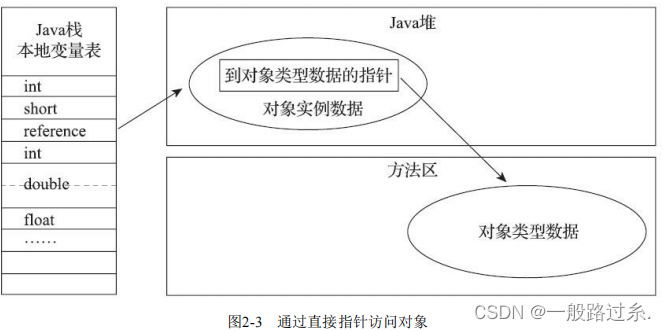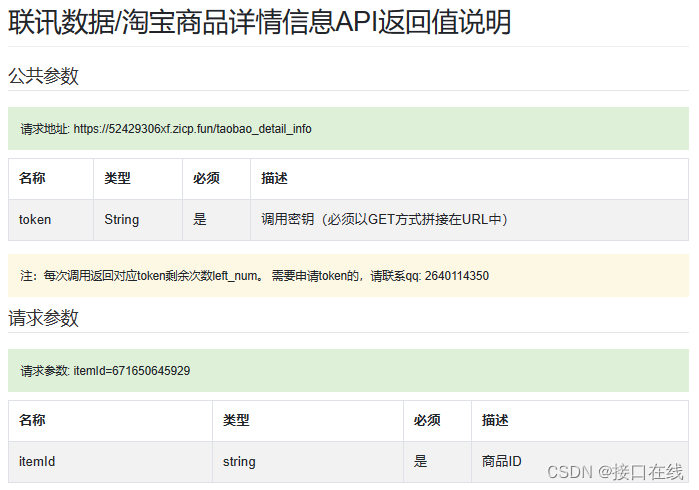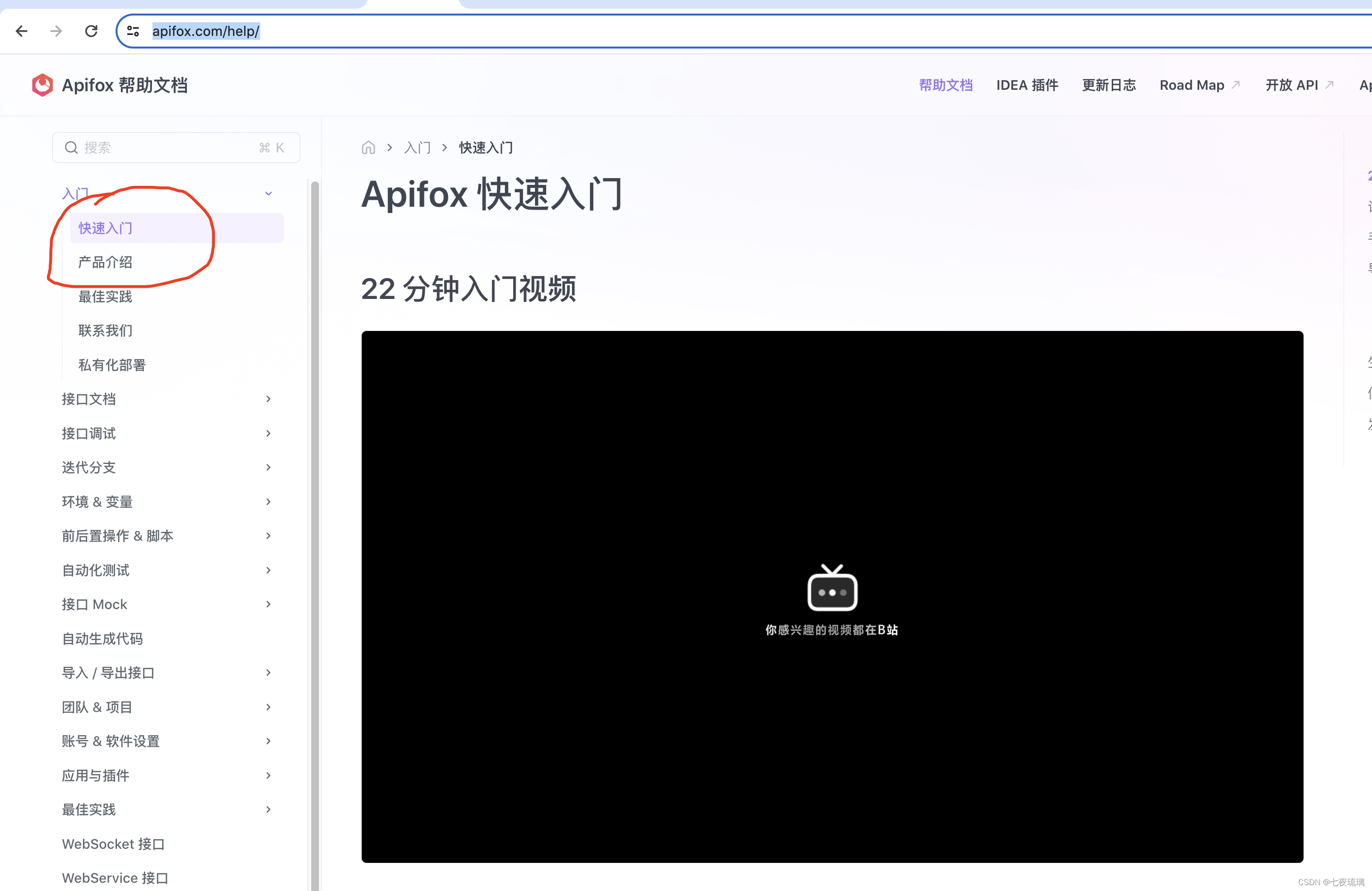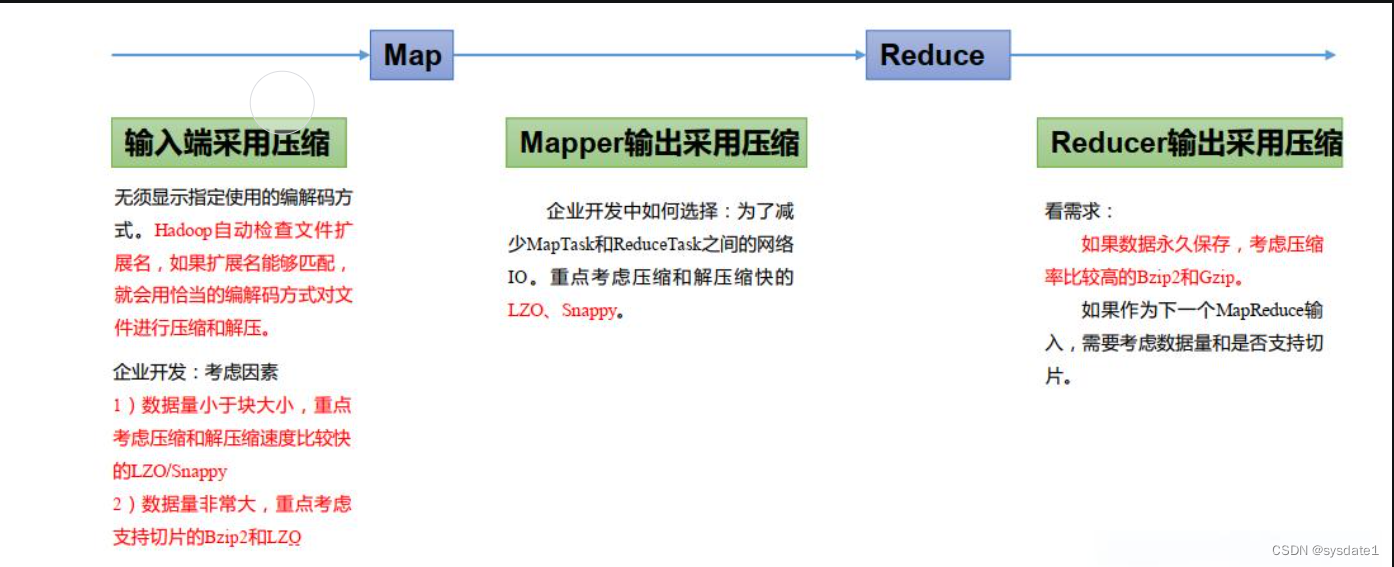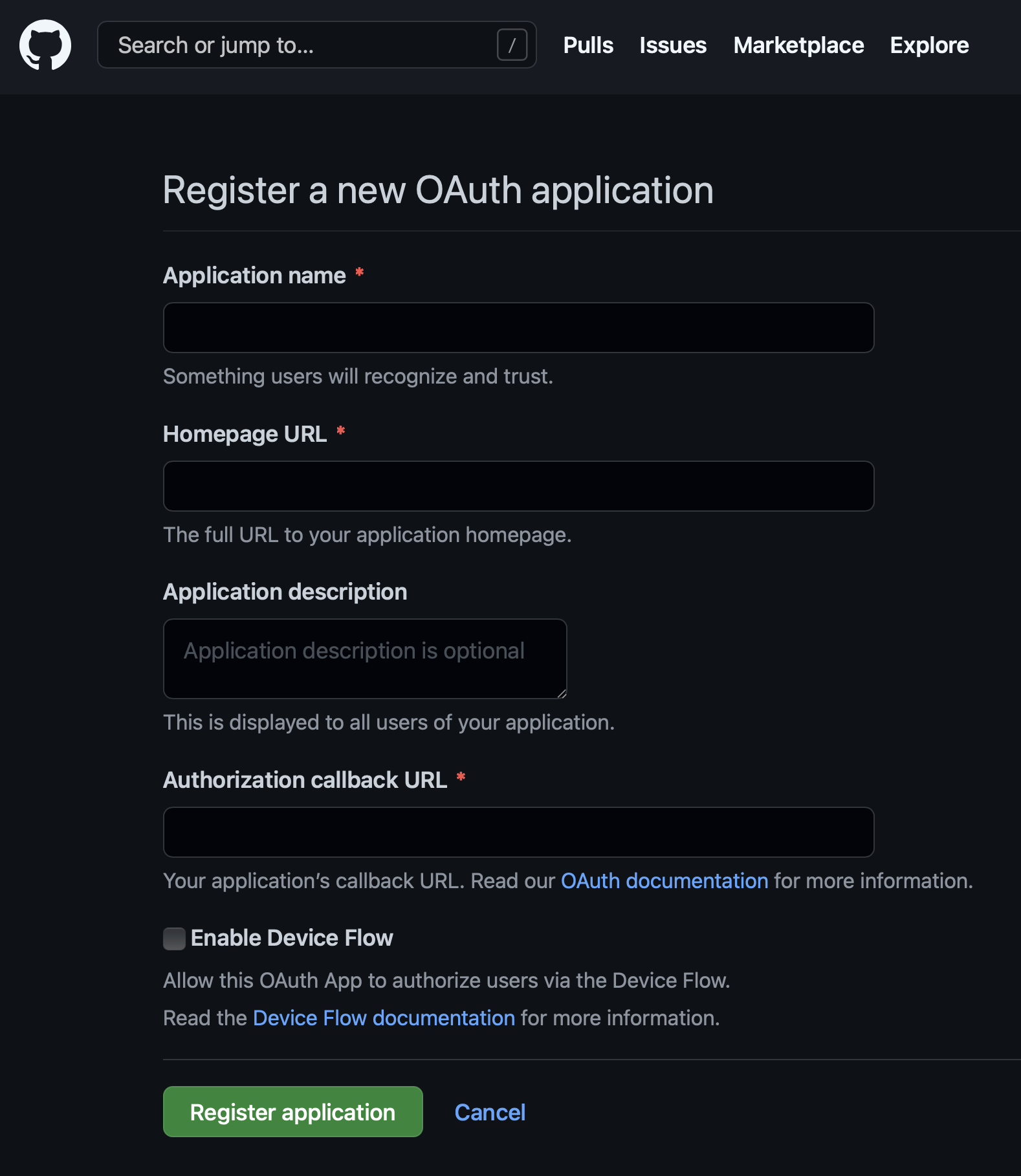根据查询的结果,复制出一个新表
create table newTable AS select * from oldTable;
create table newPeople AS select * from day2_test.people;
约束
引入:如果某一列如id列,有重复的数据,无法准确定位,有的列有空值null;
解决:需要给列约束,让数据合法
约束其实就是一种限制,用于修饰表中的列,通过这种限制来保证数据的准确性,有效性和完整性
| 约束名称 | 关键字 | 作用 |
| 主键约束 | primary key | 唯一+非空 |
| 唯一约束 | unique | 唯一 |
| 非空约束 | not null | 非空 |
| 默认值约束 | default 默认的值 | 指定默认值 |
| 外键约束 | foreign key | 多表之间的关系约束 |
主键约束
主键概述:设定表中某一字段,那么该字段所在列的数据能够唯一的标识表中每一行数据(作用)
设定为主键的字段一般和业务无关列有这些特点:1:唯一,2:非空,3:与业务无关
主键的定义和删除语法
1在建表的时候指定
create table 表名 (id int primary key,其他字段...);
2在已有表中指定(原来表中没有主键)
alter table 表名 add primary key(字段名);
3删除主键约束
alter table 表名 drop primary key;
-- 在已有表中添加索引
alter table people add primary key (id);
-- 创建的时候添加
create table student2
(
id int primary key,
name varchar(10)
);
-- 删除主键约束
alter table student2 drop primary key;练习
create table student3
(
id int primary key,
name varchar(10),
age int
);
-- 测试主键
insert into student3 values(1,'hhh',18);
insert into student3 values(1,'aaa',20);-- err
insert into student3 values(null,'ccc',56);-- err
-- 删除主键
alter table student3 drop primary key ;
-- 添加主键
alter table student3 add primary key (id);主键列下数据不能重复
索引我们把主键列交给mysql(主键列的插入的数据,交给mysql管理)
主键自增:
主键如果让我们自己添加可能有重复的主键导致数据添加失败。所以我们每次插入新的记录时,数据库都是自己生成主键的值
主键添加语法:
字段名 字段类型 primary key auto_increment;
注意,需要让主键自增,主键必须是整数类型
create table student4
(
id int primary key auto_increment,-- 主键自动增加
name varchar(10)
);
insert into student4(name) values('aaa');
insert into student4(name) values('bbb');
insert into student4(name) values('ccc');
insert into student4 (id, name) values (null,'ddd');
delete from student4 where id=3;-- 把第三行删除
insert into student4(name) values('eee');-- id=5,可见把id=3删除后,之后生成的id不会重复
insert into student4(id, name) values(100,'fff');-- 使用100覆盖mysql管理的主键值
insert into student4(name) values('ggg'); -- id=101
select * from student4;

主键自增的注意事项
1.主键列下的数据由mysql维护(从1开始,每次增加1)
2.mysql维护过的主键值,不能重复使用
3.当程序员干预主键,就会拿插入的主键值,覆盖mysql管理的主键值
delete和truncate 删表对id的影响
1.delete删除表中的数据,不重复auto_increment的值
2.truncate摧毁表,重建表,auto_increment的值重置为1
唯一约束
一个表只能有一个主键
作用
被唯一约束的字段,本列数据不允许出现重复的数据,null除外,null可以重复
语法
1.create table 表名 (id int unique,字段名);
2.alter table 表名 add unique(字段名);
create table student5
(
id int primary key auto_increment,
name varchar(10)
);
alter table student5 add unique (name);
-- 插入相同的name值时,会插入失败,但是id(主键值)还是会自增非空约束
作用:
被非空约束的字段,本列数据不允许出现null数据。插入数据若为null就会报错
语法
1.create table 表名 (id int not null);
2.alter table 表名 modify 字段名 类型 not null;
create table student6
(
id int primary key auto_increment,
name varchar(10) unique not null
);
alter table student5 modify name varchar(10) not null ;非空+唯一约束和主键约束的区别
1.主键约束在一张表只能存在一个,非空加唯一约束没有限制,可以存在多个
2.主键约束有自动增长,非空+唯一约束没有自动增长
默认值约束
作用
被默认值约束的字段(列),相当于给字端添加默认值,插入数据时如果字段没有被赋值,则使用默认值
语法
默认值约束需要使用的关键字:default
1.创建表时指定
create table 表名
(
字段名 字段类型 default 默认值,
其他字段
);
2.给已有表指定字段添加默认值
alter table 表名 modify 字段名 字段类型 default 默认值;
create table student7
(
id int primary key auto_increment,
name varchar(10) not null unique,
address varchar(10) default '天津'
);
-- 插入null值,不代表没有给数据
insert into student7 (id, name, address) values (null,'aaa',null);
-- 没有给值
insert into student7 (name) values ('bbb'); 
表关系
一对一
一对多
多对多
一对多表关系
例子:一个用户可以有多个订单,一个订单只能对应一个用于
我们约定,"一方"(用户表)叫主表或1表,"多方"(订单表)叫从表或多表
设计表时,我们通常在多表中添加一个字段,用于存储主表主键的值,这个字段叫外键字段。
外键约束的作用:
1.建立表和表之间的关系2.约束外键下的数据和主表数据下的数据保持一致(一致性,完整性)
多对多表关系
例子:老师和学生之间的关系
会创建第三张中间表(有两个字段,分别是学生和老师的主键),由中间表承担外键字段(降低多对多的复杂关系,变成两个一对多)
一是老师表和学生表,多是中间表
这个中间表中会有多个相同学生主键,和多个相同老师主键
所以一个学生对应多个相同的学生主键,一个学生主键对应一个学生
所以是一对多
问题一:怎么建立表和表之间的关系
答案:外键字段+主键字段
问题二:外键字段应该创建在哪个表
外键字段创建,需要考虑多表关系
一对多:外键字段创建在多表上
多对多:创建第三张表,外键字段创建在中间表上
一对一:1.两张表合并为一张表
2.(一定要外键字段)任选一张表为从表
